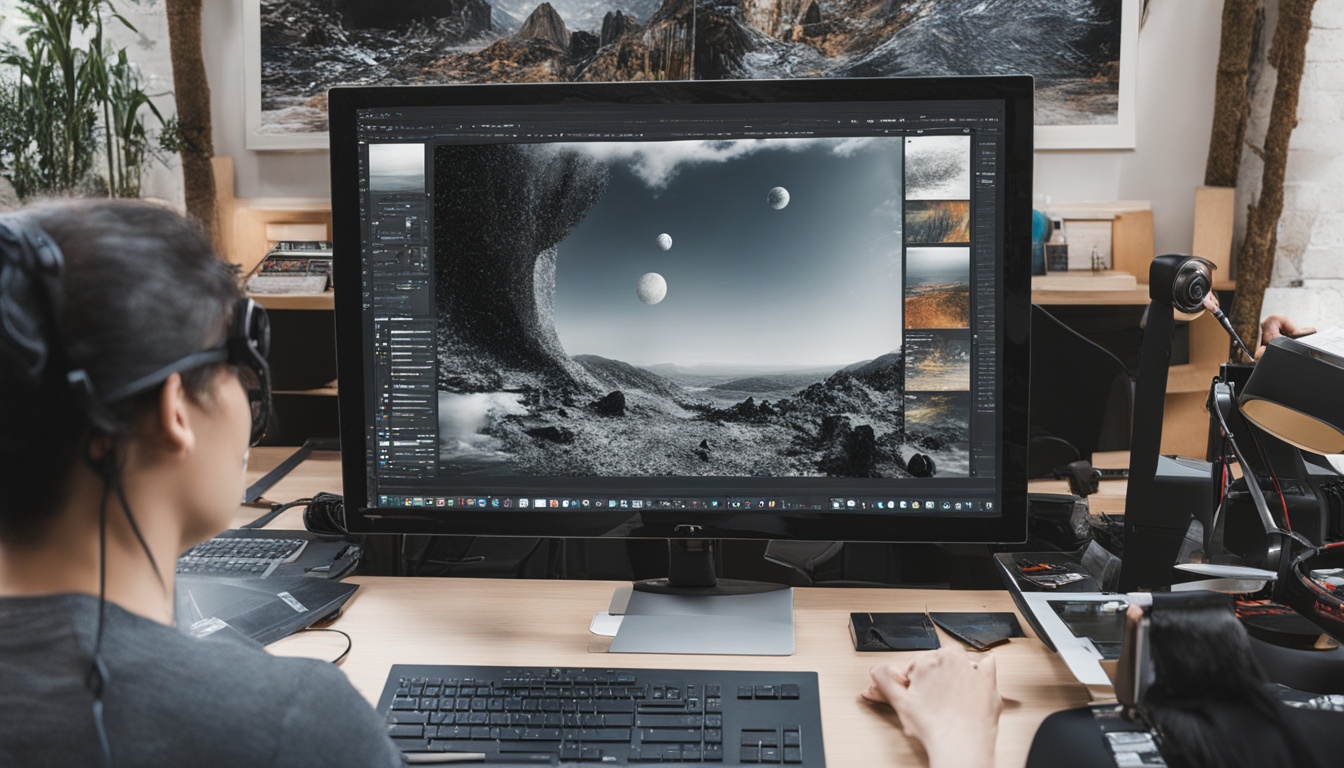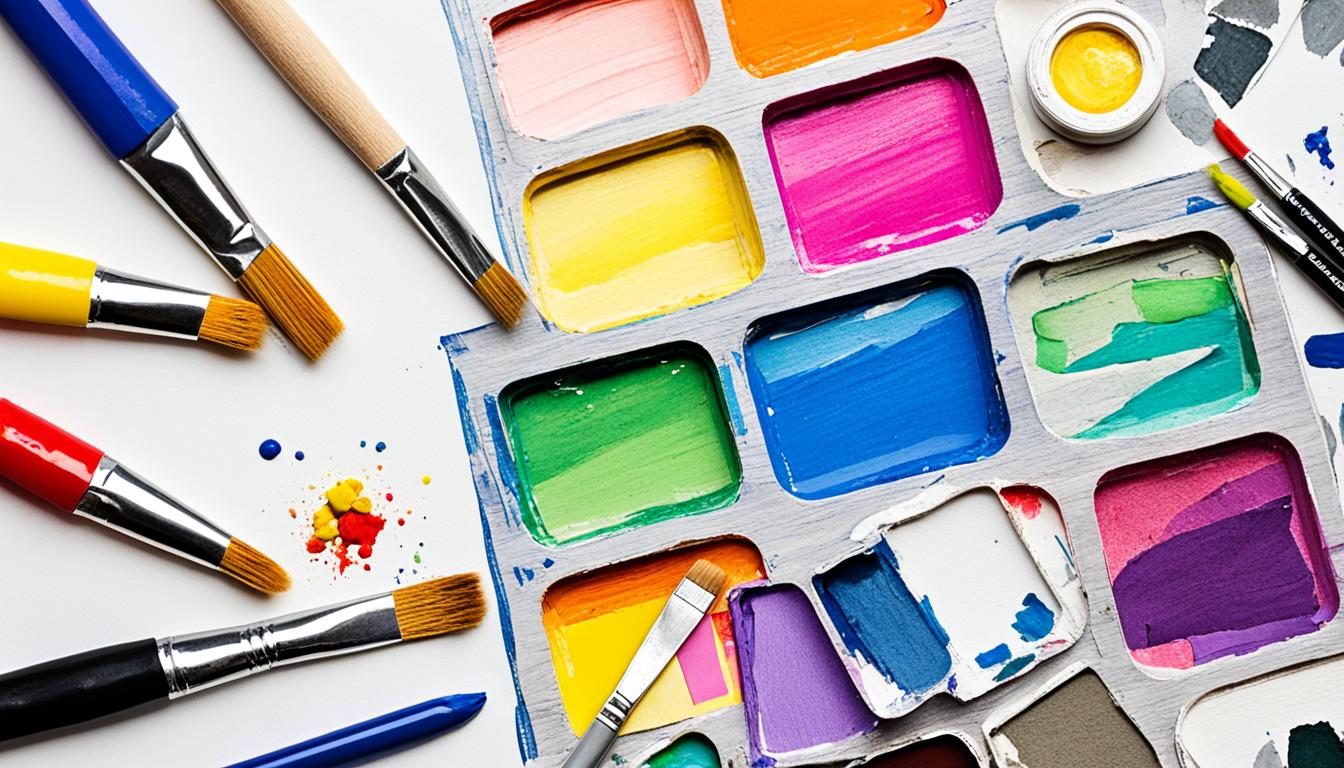Have you ever stood before an artwork, feeling a strange pull that transcends mere beauty? It’s as if the artist reached out through time, inviting you into their emotional landscape. In that moment, understanding mannerism becomes crucial, as it offers a gateway to grasp the intricate tapestry of artistic expression. The term “mannerism,” derived from the Italian “maniera,” meaning “style,” captures a pivotal shift in the late High Renaissance. It signifies more than just aesthetics; it embodies a profound emotional resonance and a reaction against the harmonic beauty of masters like Leonardo da Vinci and Raphael. As we delve into the essence of what mannerism symbolizes, we begin to uncover the layers of complexity that define this distinct artistic style. Through this exploration, you’ll learn not just the technical definitions, but also the emotional truths that informed the creations of that era. So, are you ready to unlock the nuances of this intriguing relationship between style and the human experience?
Key Takeaways
- Mannerism emerged in Italy around 1520, representing a shift away from High Renaissance ideals.
- The term “Mannerism” was popularized by Italian archaeologist Luigi Lanzi in the 18th century.
- Characteristics of Mannerism include elongated forms, stylized features, and a self-conscious elegance.
- This artistic movement spread to northern Europe and influenced many younger artists.
- Mannerist art is noted for exaggeration, asymmetry, and theatrical lighting, creating a sense of drama.
- The appreciation of Mannerism flourished in the 20th century for its technical skill and sophistication.
Introduction to Mannerism in Art Theory
The emergence of Mannerism in art theory marks a significant evolution in artistic expression and values, originating in Italy around the 1520s. This period followed the High Renaissance and represented a pivotal shift away from the classical ideals of symmetry and proportion that defined earlier works. Artists began to embrace a personal style, leading to a more complex and conceptual approach to their craft. This development can be seen as a response to the cultural and artistic conditions of the time, reflecting a deeper engagement with the individual artist’s vision.
Key figures, such as Andrea del Sarto and Michelangelo, played essential roles in paving the way for Mannerism, embedding unique stylistic elements within their pieces. For instance, Parmigianino’s “Madonna of the Long Neck” (1535-40), replete with its elongated figures and intricate compositional techniques, showcases the hallmark traits of this shift. Similarly, Pontormo’s “Carmignano Visitation” (circa 1528-30) exemplifies the emotive quality and psychological tension characteristic of Mannerism.

The history of Mannerism is not confined to Italy, as it spread throughout Europe, influencing numerous movements. Northern painters during the 16th century increasingly sought inspiration from Italian works, established a style known as Romanism, marked by an inclination towards complex figures and dramatic poses. As the Protestant Reformation gained momentum, the divergence between artistic traditions in Northern and Southern Europe became pronounced, affecting the themes and subjects that artists chose to explore.
Alongside El Greco, whose significant works, such as “St. John the Evangelist” (circa 1610-14), showcase the convergence of Mannerist techniques and emotional intensity, numerous artists embraced this eclectic style. The blend of influences resulted in a breadth of works that transcended geographic boundaries while remaining deeply rooted in the principles of Mannerism, showcasing the enduring impact of this pivotal movement in art theory.
| Artist | Artwork | Date | Medium | Dimensions |
|---|---|---|---|---|
| Parmigianino | Madonna of the Long Neck | 1535-40 | Oil on wood | 85 in x 52 in |
| Pontormo | Carmignano Visitation | circa 1528-30 | Oil on wood panel | 80 in x 61 in |
| El Greco | St. John the Evangelist | circa 1610-14 | Oil on canvas | 97 cm x 77 cm |
| El Greco | St. Jerome | circa 1590–1600 | Oil on canvas | 43 1/2 in x 37 1/2 in |
| Pontormo | Giovanni della Casa | 1542-46 | Oil on panel | 102 cm x 79 cm |
| Fr. Silouan Justiniano | Sts. Mary of Egypt & Zosimas | 2016 | Egg tempera and gold on gessoed panel | 11 in x 19 in |
| Amedeo Modigliani | Portrait of Jeanne Hebuterne in a Blue Chair | 1918 | Oil on canvas | N/A |
Defining Mannerism: What is Manner in Art?
The definition of manner in art encompasses a distinctive style characterized by artificiality and stylization. Emerging in Europe from approximately 1520 to 1600, Mannerism serves as a bridge between the High Renaissance and Baroque styles. Artists like Jacopo da Pontormo played a crucial role in this transition, pushing the boundaries of form and expression.
Mannerist painting, particularly prevalent in Florence and Rome, showcases several notable characteristics of artistic style. You will find elongated figures, precariously balanced poses, and settings that defy rational perspectives. This departure from naturalism reflects a broader shift in artistic philosophy, where emotional expression and intellectual complexity take center stage.
The movement is not merely a shift in style but represents a significant evolution in art. You might ask, is mannerism a movement? Yes, it is recognized as a fundamental art movement that followed the High Renaissance. This period is often viewed in two phases: Early Mannerism and High Mannerism, with influences ranging from classical sources to Byzantine art, especially during the phase known as “Maniera Greca.”
Artists embraced exaggerated palettes, strong contrasts, and unconventional forms to create a palpable sense of emotional depth and a departure from realism. Rather than adhering to strictly true-to-nature representations, Mannerist artists like Parmigianino concentrated on personal expression, resulting in a unique body of work that invites exploration.

| Characteristics | Examples |
|---|---|
| Elongated Figures | Parmigianino’s “Madonna with the Long Neck” |
| Exaggerated Poses | Jacopo da Pontormo’s “The Descent from the Cross” |
| Theatrical Lighting | Rosso Fiorentino’s Works |
| Irrational Settings | Giuseppe Arcimboldo’s Portraits |
| Expressive Color Use | Bartholomeus Spranger’s Art |
Characteristics of Artistic Style in Mannerism
Your understanding of Mannerism can deepen by examining its distinctive characteristics of artistic style. This period, spanning approximately from 1520 to 1600, presents a unique exploration of mannerism that stepped away from the balanced harmony of the High Renaissance to introduce emotional tension and complexity in art.
Artists such as Jacopo da Pontormo and Rosso Fiorentino were pioneers of the early Mannerist style, showcasing artistic features in mannerism like elongated figures and irrational spaces. Their works often feel disorienting, an intentional shift from naturalistic representation towards stylized forms. This departure is vividly illustrated in Parmigianino’s “Madonna with the Long Neck,” where the elongated proportions attract attention and provoke thought.
The High Mannerist phase, emerging around the mid-16th century, showcased artists like Agnolo Bronzino and Giorgio Vasari, who portrayed intellectual conceits and expert technique. A hallmark of this period is the emphasis on artificiality—the portrayal of elegance combined with elaborate detailing rather than a genuine depiction of nature. Figures appear weightless yet remain forever bound to their exaggerated settings.
This exploration of mannerism also highlighted asymmetrical compositions, where balance is intentionally disrupted to create dynamic tension. Colors tended to utilize stark contrasts, showcasing a palette rich in vibrant, non-local hues, further enhancing the distinct atmosphere of Mannerist artworks.
Ultimately, Mannerism opens a window into a complex relationship with style and emotion, marking a pivotal period in art history when artists sought to explore the boundaries of representation. The shift to artificiality and stylized expression showcases the profound impact of cultural transformations in Europe during this time.

Exploring the Relationship Between Style and Manner
The intersection of style and manner in art is a fascinating subject that reveals much about an artist’s intentions and historical context. Different art styles encompass various characteristics such as form, color, composition, and medium. These elements work together to embody the artist’s vision, reflecting both personal flair and socio-historical influences.
Art movements often find their roots in distinct historical periods. Artists today may adopt or adapt styles from these movements, weaving their interpretations into contemporary practices. This dynamic allows for a continual evolution of stylistic choices, showcasing the fluid nature of artistic expression.
Many artists develop their personal styles over time, frequently beginning with the emulation of admired figures. As their careers progress, they transition into unique expressions that resonate more fully with their identities. Such growth encourages exploration, helping artists to identify their preferred modes of expression, which can include styles like photorealism, abstract, and whimsical creations.
A table below summarizes key aspects of how art styles have influenced manner and the dialogues surrounding them:
| Aspect | Details |
|---|---|
| Historical Context | Art movements often trace back to significant historical periods, influencing modern artists. |
| Personal Evolution | Artists often start by emulating others, eventually developing their unique styles. |
| Style Exploration | Experimentation with various styles can lead to the discovery of an artist’s preferred voice. |
| Critical Analysis | Influential historians have shaped discourse around stylistic changes and art movements. |
| Shift in Terminology | A growing critique of “style labels” in categorizing art movements has emerged among historians. |
Contemporary artists relish the freedom to work within multiple styles, enabling them to experiment and find avenues that best articulate their artistic visions. As dialogues surrounding style evolve, the art world continues to witness rich and varied expressions of manner that challenge preconceived notions.

Is Manner in Art Theory: Key Concepts Explained
Understanding the relationship between style and manner in art theory reveals much about how artistic movements emerge and evolve. Mannerism is an intriguing response to the arts of the High Renaissance, influenced heavily by the societal upheavals of its time. To grasp the evolution of artistic styles, it is essential to consider how artists like El Greco and Pontormo approached their work, combining exaggerated forms and dramatic poses to challenge traditional aesthetics.
The Evolution of Artistic Styles
The evolution of artistic styles does not happen in isolation; it is significantly influenced by cultural and historical forces. Mannerism, positioned as a reaction to both Renaissance ideals and the complexities of the Reformation, offers a lens through which to examine these shifting paradigms. Artists pushed boundaries, experimenting with color, form, and expression, which created a platform for new artistic innovations and set a cornerstone for the subsequent Baroque period.
The Impact of Historical Context on Mannerism
Examining the significance of historical context in the context of Mannerism highlights the interconnectedness of art and its time. The era’s political turmoil and social changes led artists to reflect their inner uncertainties and societal anxieties, creating an intricate tapestry of expression. As you explore Mannerism, you will see how history not only frames artwork but also transforms the very essence of what can be considered art, enriching your understanding of this compelling chapter in art history.









